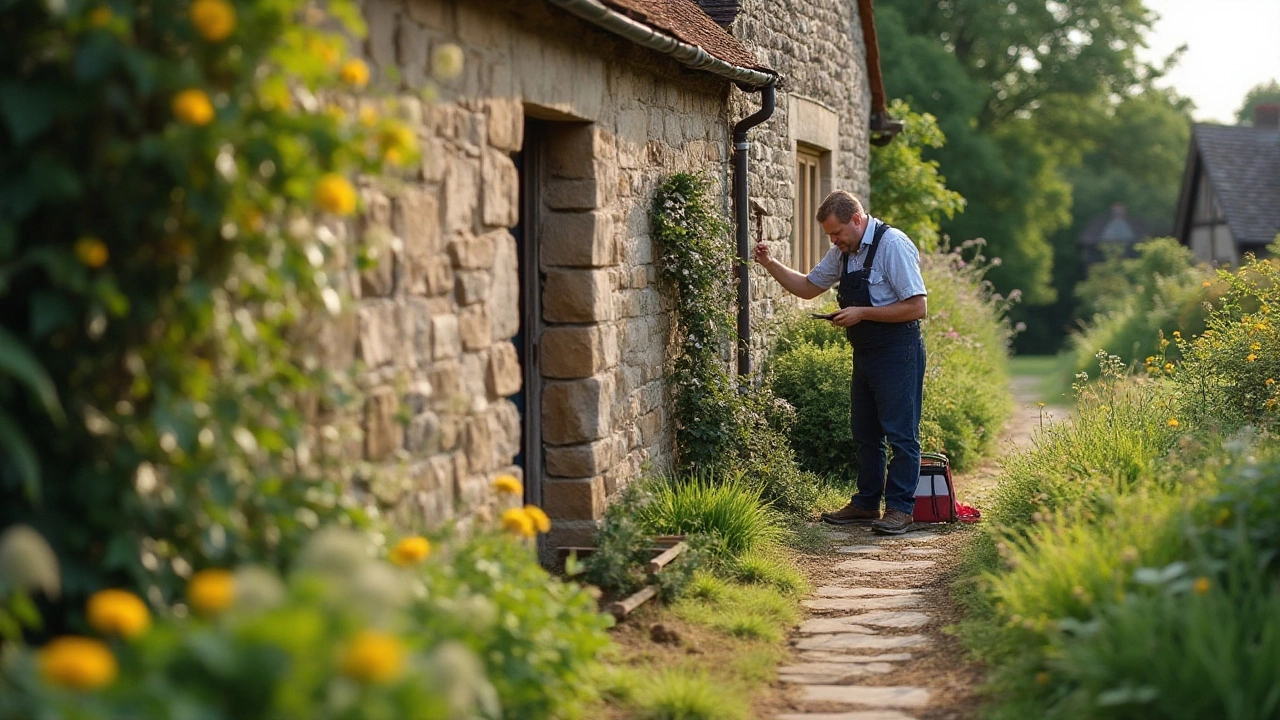Repair Methods for Garage Doors – Simple Steps to Fix Common Problems
When your garage door starts making noise, moving slowly, or refuses to open, you don’t have to panic. Most issues are caused by something you can spot and fix yourself. Below are the most common problems, the repair methods that work, and clear signs when you should hand the job over to an expert.
First, always check the power source. A dead remote battery or a tripped breaker can mimic a broken door. Replace the remote batteries, reset the circuit breaker, and see if the door responds. If it does, you’ve saved a callout and a few pounds.
DIY Repair Techniques
Loose or squeaky springs. Springs carry the door’s weight, so any noise or uneven movement points to a tension issue. Before you touch a spring, pull the emergency release cord to disconnect the door from the opener. Then, lubricate the spring with a silicone‑based spray and tighten any loose brackets. If the spring looks frayed, stop – you’ll need a pro.
Misaligned tracks. Dirt, dents, or a knocked‑off rail will make the door wobble. Clean the tracks with a brush, wipe away debris, and use a rubber mallet to gently tap back any bent sections. After cleaning, run the door a few times to verify smooth travel.
Worn rollers. Rollers guide the door along the tracks. If they squeak or the door jerks, inspect them for cracks. Swap out the old rollers with new nylon or steel ones – they’re inexpensive and click right into place. Tighten the roller brackets, then test the door’s motion.
Faulty opener sensor. Modern openers have safety beams that stop the door when something blocks it. If the door won’t close, make sure the sensor lenses are clean and aligned. A quick wipe with a soft cloth often fixes the issue.
Broken weatherstrip. A cracked seal lets cold air in and can damage the door’s bottom panel. Remove the old strip, measure the needed length, and attach a new one with adhesive backing. This tiny fix improves insulation and protects the door’s finish.
When to Call a Professional
If you notice any of these red flags, it’s best to call a garage door specialist: the spring is snapped, the door is off its hinges, the opener makes a grinding noise, or you see electrical sparks. These problems involve high tension or electricity, and a DIY attempt can be dangerous.
A professional will have the right tools – a winding bar for springs, a torque wrench for bolts, and the expertise to test the opener’s internal circuitry. They’ll also offer a safety inspection that catches hidden wear before it becomes a costly failure.
Regular maintenance saves you from emergency repairs. Schedule a quick check‑up once a year: tighten bolts, lubricate moving parts, and test the safety sensors. This habit keeps the door running smoothly and extends its lifespan.
Bottom line: many garage door hiccups are easy fixes you can do in under an hour with basic tools. But never gamble with springs or electricity if you’re unsure. Knowing the right repair methods lets you decide when a DIY job is enough and when to hand it over to the pros, keeping your garage door safe and reliable.

Best Methods to Repair Foundation Cracks: Inside or Outside?
Jan 29, 2025, Posted by Damon Blackwood
Foundation cracks can pose significant risks to your home's stability. Deciding between repairing these cracks from the inside or outside is crucial for effective and long-lasting protection. This article delves into both methods, examining their pros and cons, and provides insights on the best approach depending on various factors like crack size and location. Learn tips on how to identify foundation issues early and maintain your home's foundational integrity.
MORESEARCH HERE
Categories
TAGS
- foundation repair
- commercial construction
- construction
- new builds
- home improvement
- home renovation
- bathroom renovation
- construction materials
- home foundation
- renovation tips
- residential construction
- building types
- contractor
- foundation cracks
- home construction
- architectural services
- building codes
- construction differences
- home inspection
- kitchen installation